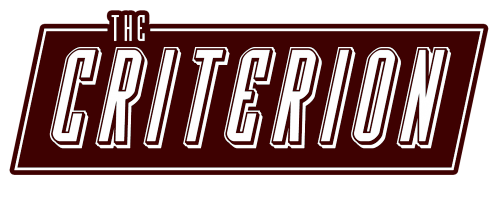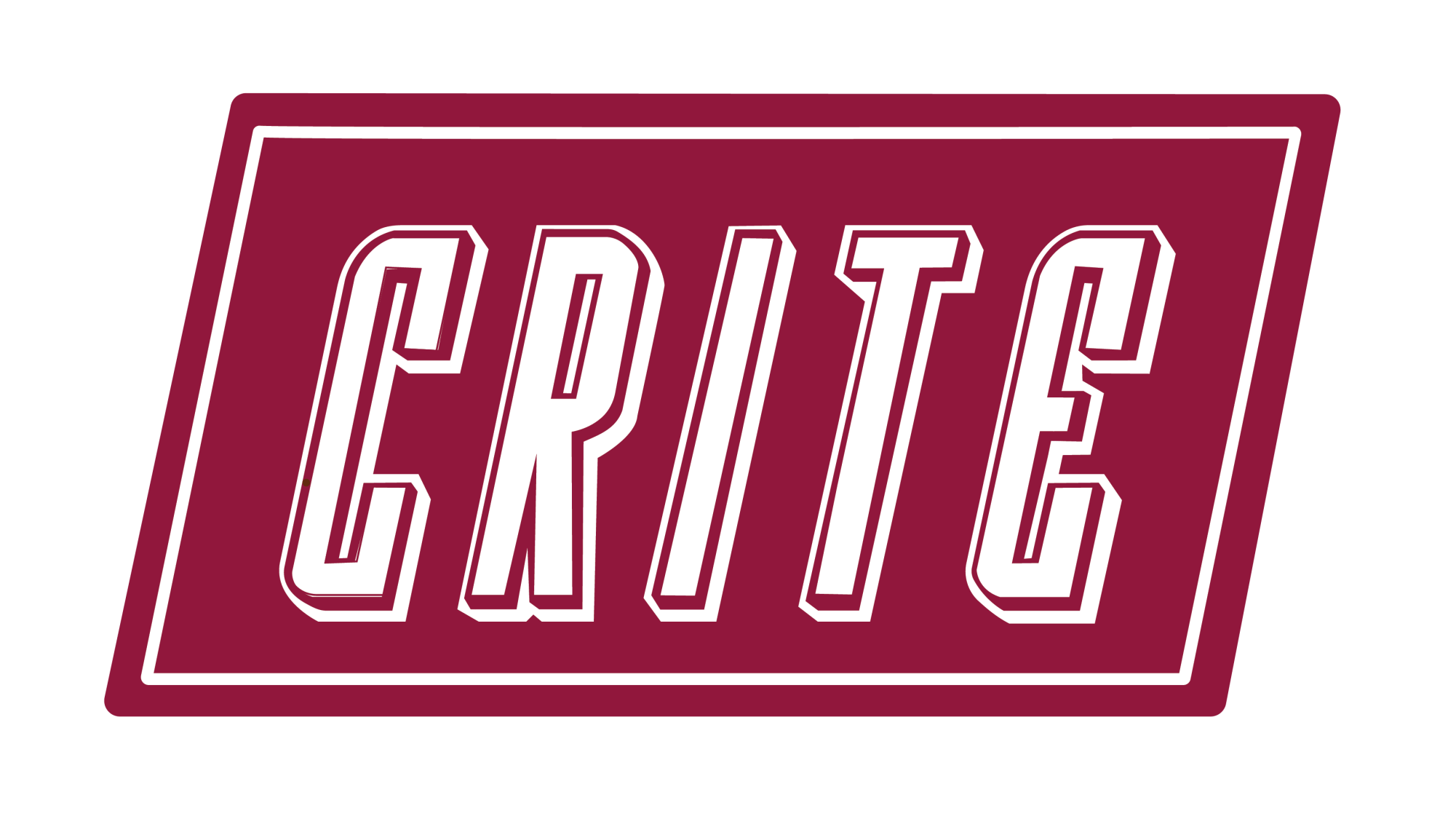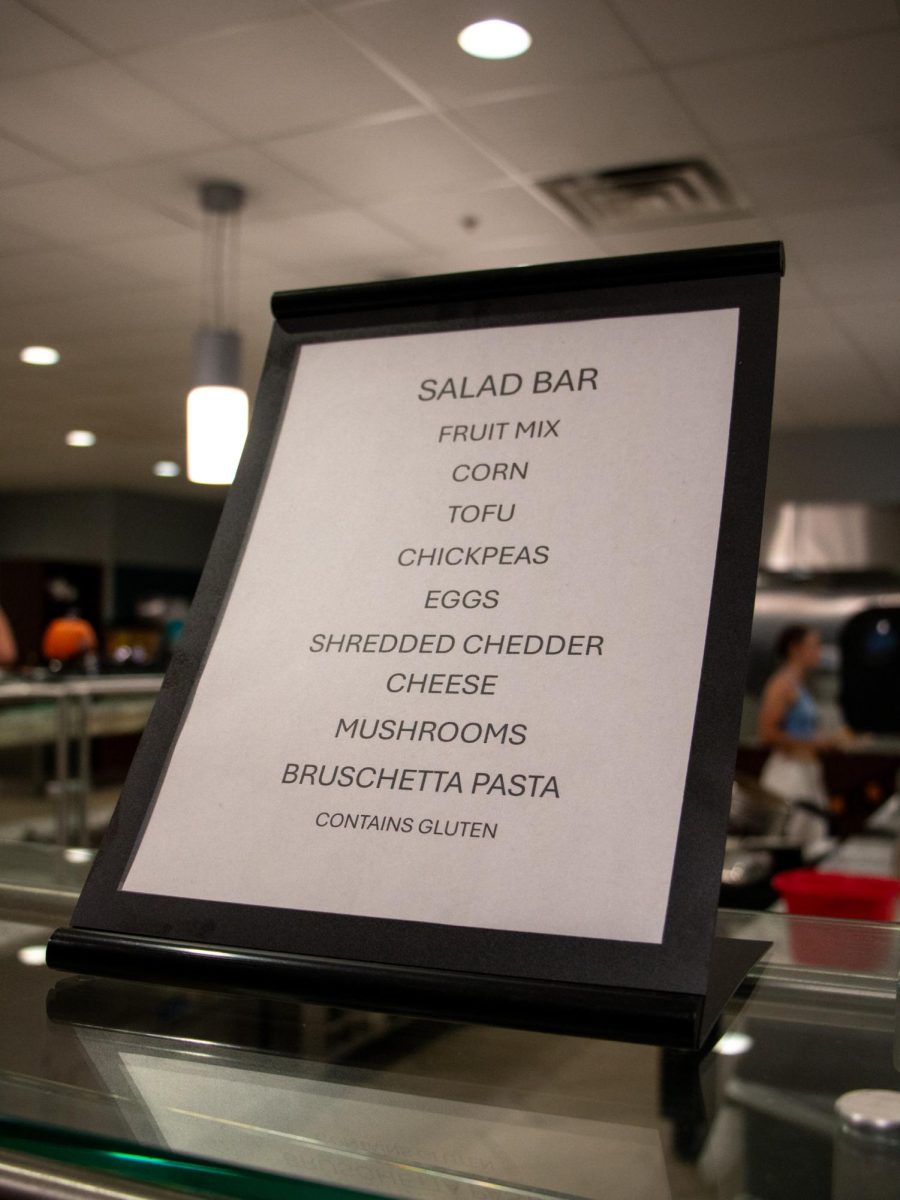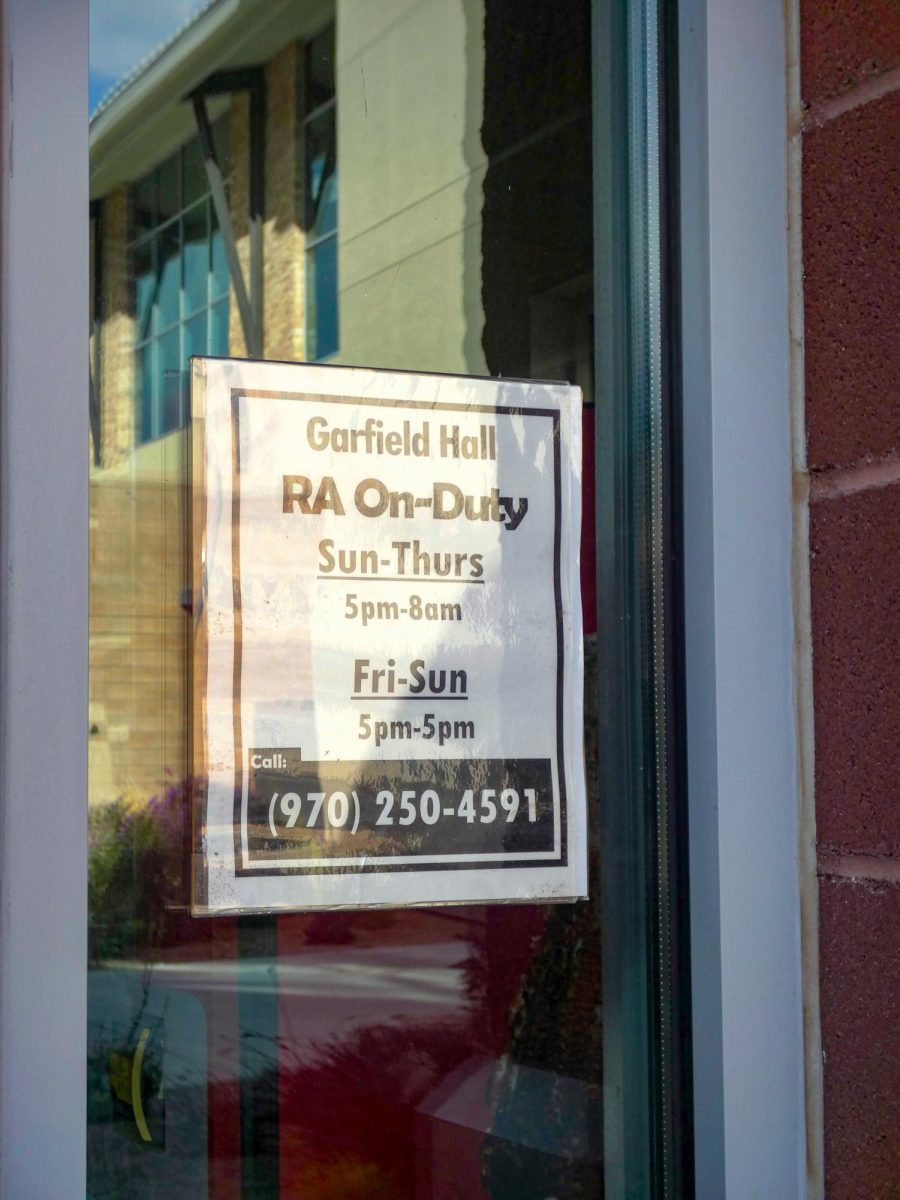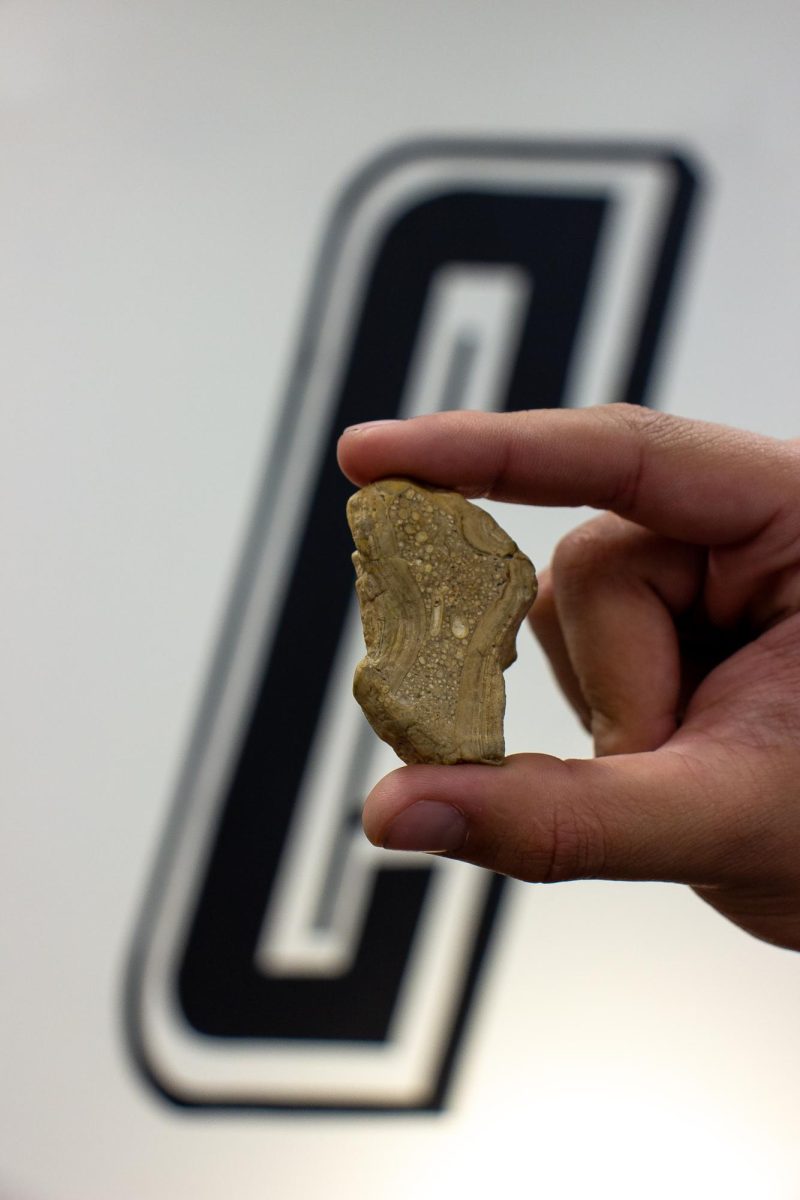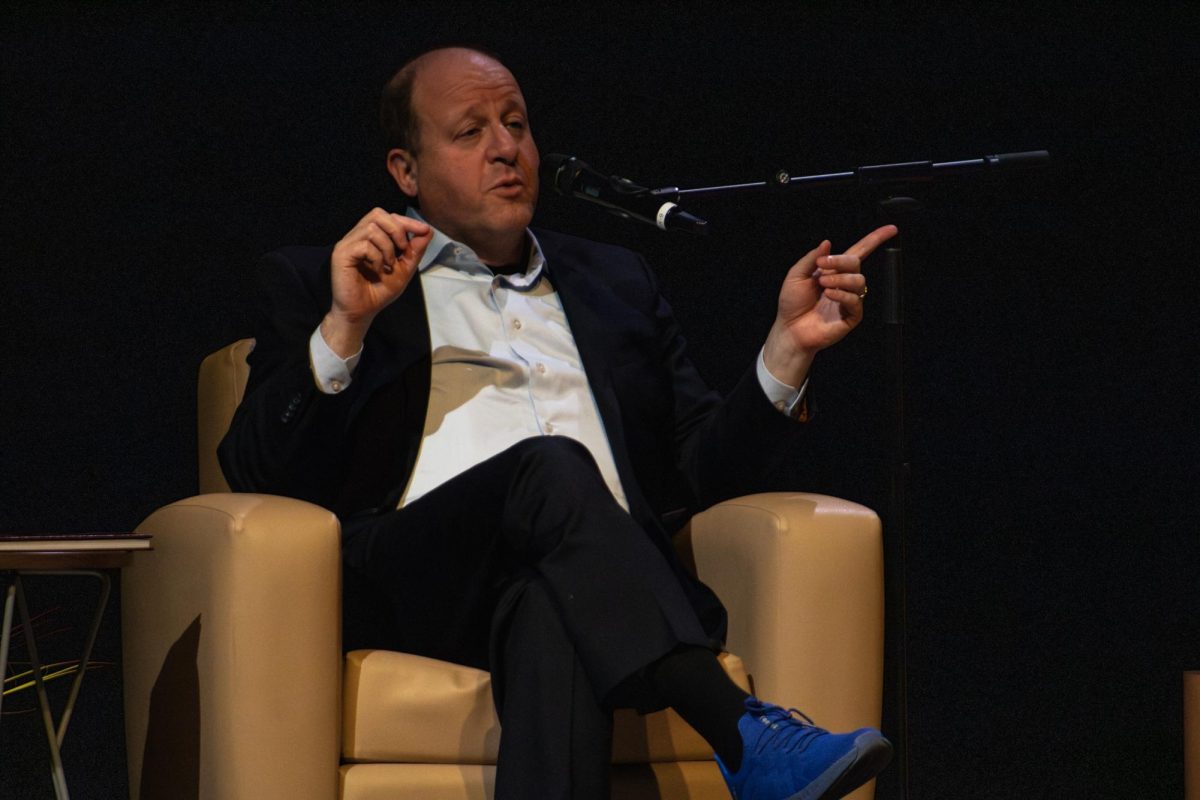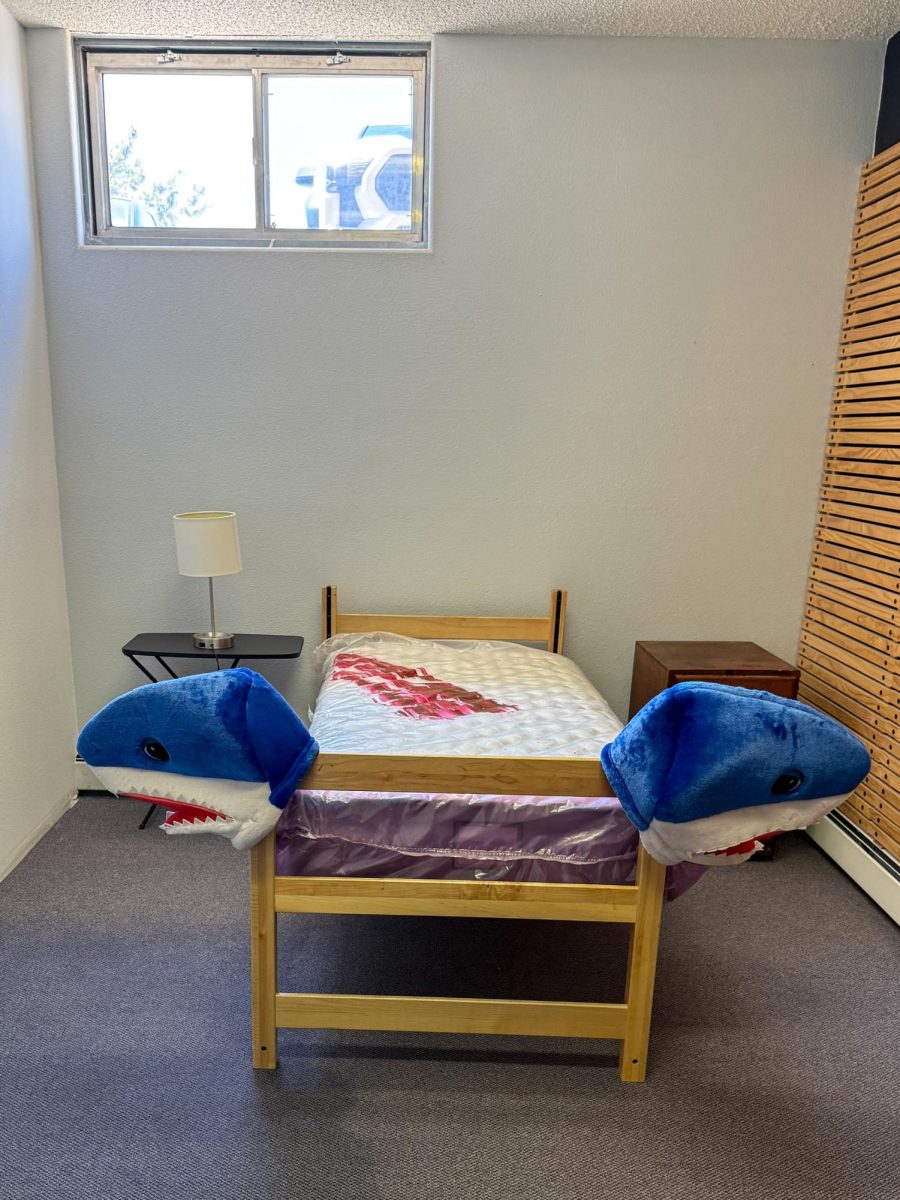In the winter of 2023, an application for NASA’s Science Mission Directorate (SMD) made its way from the science department to the aerospace leader’s grant program.
NASA revealed in February 2024 that Colorado Mesa University qualified for seed funding. Now under the moniker MOSAICS, this program provides a $300,000 grant for minority schools across the United States. With students at the helm, the internship sees an interdisciplinary group of researchers working from Grand Junction.
“I started my application pretty early on,” explained student and treasurer for Women in Science and Engineering, Veronica Keith. “[Dr. Schiffbauer] came into our class to talk about it, and [that] just lit a fire under me. It made me even more motivated to do the program.”
Keith’s goal was to dip her feet into the realm of aerospace engineering, with a lifelong dream of working for NASA nearly fulfilled. She took thermodynamics early and pushed towards advanced engineering classes. As a result, she prioritized the internship.
“I called my best friend [saying], ‘I have to do this. This is [how] I start my goal.’ [Then] I moved into a house, all alone. I slept on the floor for weeks because I wanted this program so bad,” said Keith.
Her research in the program involves evaporation and phase changes during heat transfer. She has been studying the ways which hydrophilic surfaces, hydrophobic surfaces, humidity and temperature impact evaporation. She has witnessed countless apparatus failures and the impact of limited time on experimental progression. Currently, she is manually analyzing thermal imaging data that was incompatible for integration.
Jason Ebat, a mechanical engineering major and former nuclear engineer for the United States Navy, applied for the program around the same time. His background lies in creating computer simulations and spending hours on Linux forums with other coders. When pursuing the position, Ebat mentioned the importance of advice from his father.
“‘If you want to achieve the top one percent, it’s not good enough to just be the most talented person out there. You also have to know the right people. You can’t do one without the other,’” he said.
After joining the program, Ebat has designed computer simulations in microgravity to test active colloids and spontaneous phase change. The team chose to simulate in zero gravity because Earth’s two dimensions can be limiting, whereas experimental simulations can function in three dimensions. He explained that research in this field is relatively new. The team is assisting in the global standardization of this process.
When compared with Keith, Ebat’s role has involved simulation testing instead of hands-on experimentation. However, both experiences have been valuable to the students.
One of Keith and Ebat’s goals for this project has been networking. Both students have been open to feedback from other parties on their individual contributions thus far. Their work ethic has already brought in professional research contacts.
Among these various parties, one instrumental mentor figure emerged: Dr. Boris Khusid. He is a chemical and materials engineer from the New Jersey Institute of Technology. Keith and Ebat described his presence as crucial for project development. Even in its short lifespan, the informal time periods for the project are “pre-Boris” and “post-Boris.”
Beyond the intersection of different scientific disciplines, the students and collaborators who are involved represent diverse backgrounds, identities and underrepresented groups.
“Very few of my collaborators actually look like me,” joked program coordinator and assistant physics professor, Dr. Jarrod Schiffbauer, who has forty years of experience as a researcher to draw from. “You want people to be comfortable in the group, and the group to be [as] balanced as possible. I’m always thinking, ‘How do I lower the barriers for people to participate in these programs?’”
When discussing the impact of NASA’s mission statement on inclusivity, Keith revealed that 40 percent of the students who are working on this project identify as women. In the school’s wider engineering program, the statistic plummets to 11 percent.
Dismantling the barriers of accessibility for low-income students was another topic of concern, with the committee considering these demographics during evaluations.
For Schiffbauer, the greatest part of this experience has been the small victories for these students. With the initiative being so new, breakthroughs and renewed research are still on the horizon. It has been invaluable for students to see results personally and professionally, regardless of their identities. The wider community and other collaborators have continued trusting the team’s investment in diverse voices.
When asked about balancing their academic, social and personal lives, Keith and Ebat described the importance of their recently forged community and the diverse perspectives brought onto the project with them.
“My initial answer is ‘What life? I’m a STEM major,’” he joked, “[But], no, the real answer is that there has been a lot of healthy social engagement throughout the program. Not only…get[ting] work done, but spending time together as friends. There is [an] overlap between your work life and your social life. People in this project advocate for personal time. If they notice that you’ve been at work too much, they [say], ‘Hey, just don’t come into work tomorrow. You’ve been here for twelve hours. Go to bed [and] take care of yourself,’” said Ebat.
This level of mutual care has allowed both students to manage their obligations without succumbing to burnout. With both faculty and peer support, these students are blossoming and preparing themselves for higher education.

